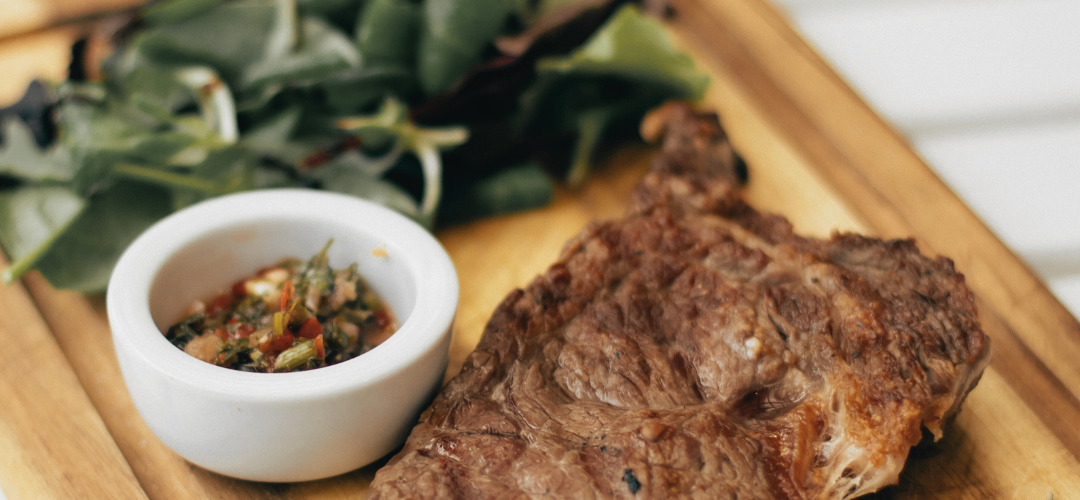
The Butcher's Basics: Essential Equipment
Before we dive into the nitty-gritty of meat preparation, it's crucial to have the right tools at your disposal:
1. Quality Knives:
- A sharp chef's knife and a boning knife are your meat-prep power duo. A good pair of kitchen shears can also come in handy.
2. Cutting Board:
- Choose a sturdy, non-slip cutting board. Wood, bamboo, or plastic are your best options.
3. Food Thermometer:
- Invest in a reliable food thermometer to ensure your meat is cooked to perfection.
4. Food-Safe Gloves:
- For an extra layer of hygiene and safety, consider using food-safe gloves when handling raw meat.
Meat Prep 101: Safe and Savory
1. Cleanliness is Key:
- Before you begin, wash your hands, knives, and cutting board thoroughly with warm, soapy water. This helps prevent cross-contamination.
2. Safe Meat Storage:
- Keep raw meat in the refrigerator at 40°F (4°C) or lower to slow bacterial growth. Store it in a leak-proof container to avoid any juices contaminating other foods.
3. Thaw with Care:
- If you're working with frozen meat, thaw it safely in the refrigerator, in a sealed plastic bag, or under cold running water. Never thaw meat at room temperature.
4. Sharp Knives:
- Dull knives can lead to accidents. Ensure your knives are sharp for precise cuts and better control.
5. Proper Meat Handling:
- When handling raw meat, use food-safe gloves or wash your hands frequently to avoid spreading bacteria.
6. Avoid Cross-Contamination:
- Never place cooked meat on a plate that previously held raw meat. Wash utensils, cutting boards, and your hands before transitioning to cooked meat.
Common Meat Prep Mistakes to Avoid
While mastering the art of meat preparation, you'll want to sidestep these common mistakes:
1. Incorrect Thawing:
- Thawing meat on the countertop can encourage bacterial growth. Always use the refrigerator, cold water, or the microwave for thawing.
2. Overcrowding the Pan:
- When cooking meat, avoid overcrowding the pan. It can lead to uneven cooking and prevent a nice sear.
3. Cutting Meat Right Off the Heat:
- Give your cooked meat a moment to rest before slicing. This allows the juices to redistribute, resulting in a juicier, tastier cut.
4. Not Using a Meat Thermometer:
- Relying solely on cooking times can lead to overcooked or undercooked meat. Invest in a meat thermometer to ensure perfection every time.
5. Using the Wrong Knife:
- Not all cuts require a chef's knife. Use a boning knife for precise trimming and deboning tasks.
6. Ignoring Safe Handling:
- Be vigilant about washing hands, utensils, and cutting boards to prevent cross-contamination. Safety first!
7. Overcooking:
- Overcooking meat can turn it into a dry, chewy nightmare. Use a thermometer to achieve the perfect doneness for your chosen meat.
With these tips and pitfalls in mind, you're well on your way to mastering the art of meat preparation. Remember, practice makes perfect, so don't be discouraged if you don't achieve culinary excellence on your first attempt. Experiment, learn, and savor the journey of becoming a meat maestro in your very own kitchen. Happy cooking!
